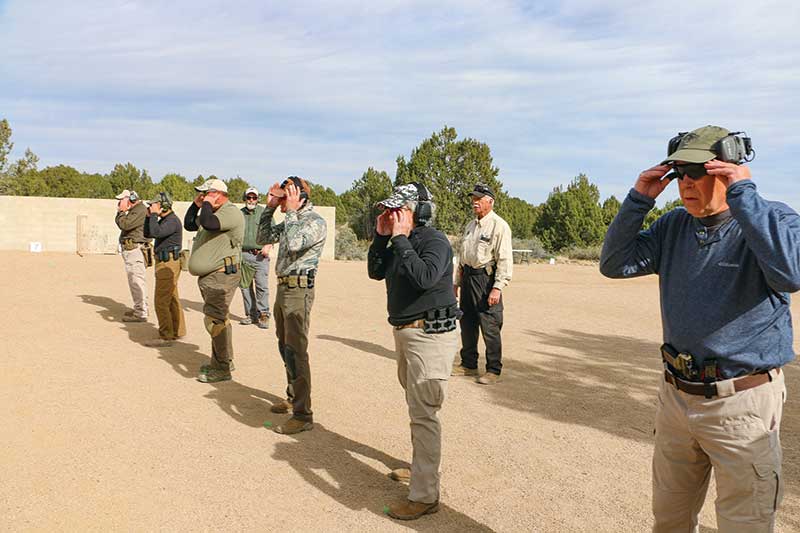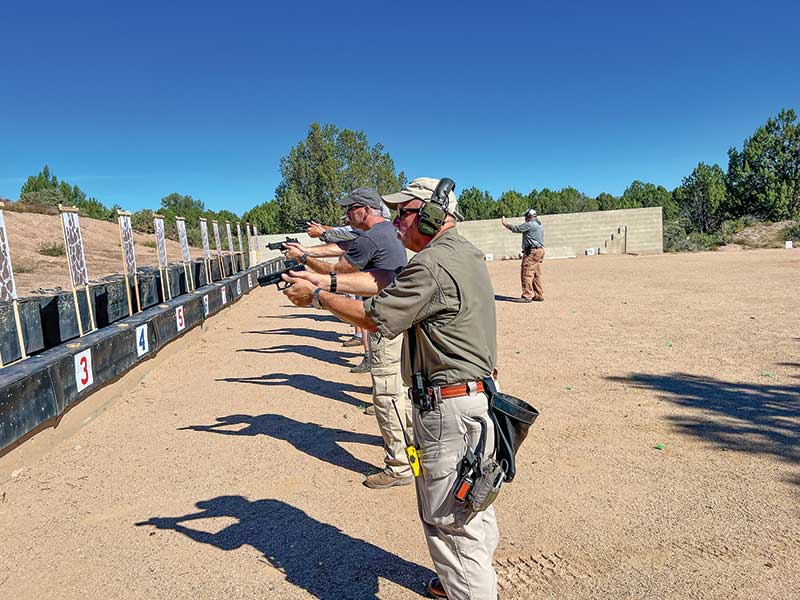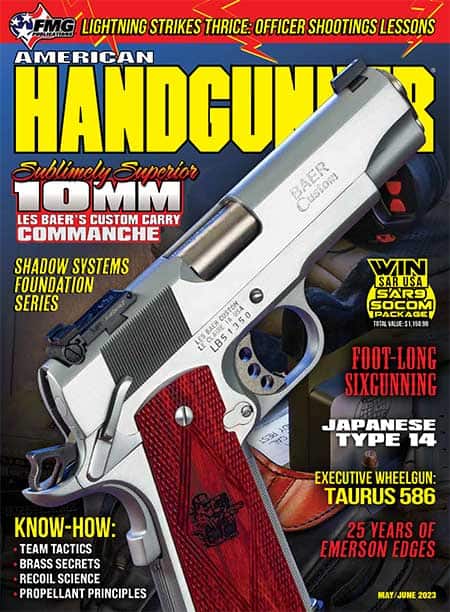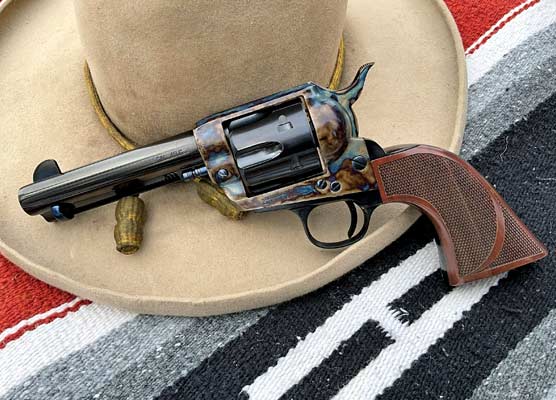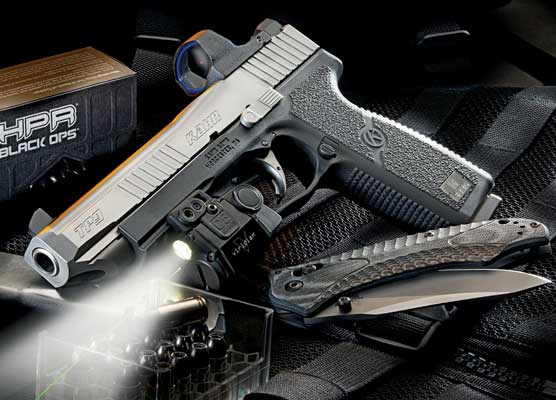Why the “Little Things” Matter During Training
Many students at Gunsite comment on how we emphasize the small details throughout a class.
Students pay good money for tuition, ammo, travel, lodging, meals, etc., so it only makes sense to try things our way for the week and take away what works, but they won’t know what that is if they don’t give it an honest try. It is our responsibility to make sure they have every opportunity to learn some good new habits and the “little things” are where that starts.
Make Ready Details
Anyone who’s ever taken a class at Gunsite knows most drills start with the “Make Ready” command, which means to ensure eye and ear protection are in place, then to check and load your weapon and prepare for the drill that is to come.
After eyes and ears, the next step is presenting (drawing) the pistol, and that is the first place we see errors. Quite often, students will lazily draw the pistol with one hand while pulling out a magazine with the other, all with their heads down, looking at the area where the gun and magazine are likely to come together, lost in the function of loading the gun.
The preferred method is for the student to draw their pistol sharply, at full speed to the target or low ready, before bringing the pistol back to their “workspace” to load and checking the condition of their pistol. For one, it’s an opportunity to practice a proper presentation. Secondly, deciding if the presentation is “for real” or just an administrative function on the range can slow our reaction time. Have you ever heard of Hick’s Law? Using my best Mike Rowe impersonation, I’ll just say, “Go ahead and Google it; I’ll wait….” Understand now?
Get Loaded
Obviously, if you know the pistol needs to be loaded, that must be addressed. We advocate using a proper speed load at this point. Without getting into exactly how speed loads are taught at Gunsite, we’ll say the speed load should be conducted smoothly as fast as can be done (it is called a speed load, after all) while keeping your head up to be aware of your surroundings.
After loading the pistol or after the presentation, if you believe the pistol was already loaded to begin with, we advocate condition checking the pistol. A condition check consists of verifying there is indeed a round in the chamber of the pistol and the magazine is sufficiently loaded, preferably fully loaded. This is done to ensure we didn’t short-stroke the slide, fail to properly seat the magazine or make any other error that could prevent a round from being loaded into the chamber.
The reason for checking the magazine should be self-explanatory. All too often, a student comes to the line believing their gun to be loaded after a break, failing to condition check their pistol when given the opportunity, only to get a click instead of a bang when the drill begins. This is embarrassing in training or competition and deadly in the “real world.” I think of the “Make Ready” command as an invitation to a gunfight. If someone invited me to a gunfight, I’d check my gun before I showed up.
The final step if you are not satisfied with the condition of the magazine is to perform a tac-load to ensure the gun is fully loaded before re-holstering. We advocate bringing the new magazine to the gun and making the exchange for the depleted magazine in the gun to prevent standing there with a “one-shot gun” any longer than necessary.
Reluctant Reholstering
Once this is accomplished, the shooter should “look and assess” for threats needing to be addressed and then carefully, reluctantly, holster their pistol. At Gunsite, we don’t generally teach people how to punch holes in targets; we teach them how to defend themselves from deadly threats. The “Make Ready” sequence contains several components in a logical sequence that can ensure a student is ready for the next exercise on the range or the next fight on the street. I often say, “What students do physically tells us where they are mentally.”
If you go through the Make Ready sequence lazily and sloppily, you’re probably just trying to punch holes in paper, not preparing to defend yourself from bad people. Think your training scars won’t follow you into the real world? Ever heard of “The Newhall Incident?” Google, I’ll wait… .
Gunsite Academy is the world’s oldest and largest firearms training facility. Originally known as the American Pistol Institute, Gunsite Academy offers firearms training to elite military personnel, law enforcement officers and free citizens of the U.S. For more info: GunSite.com

